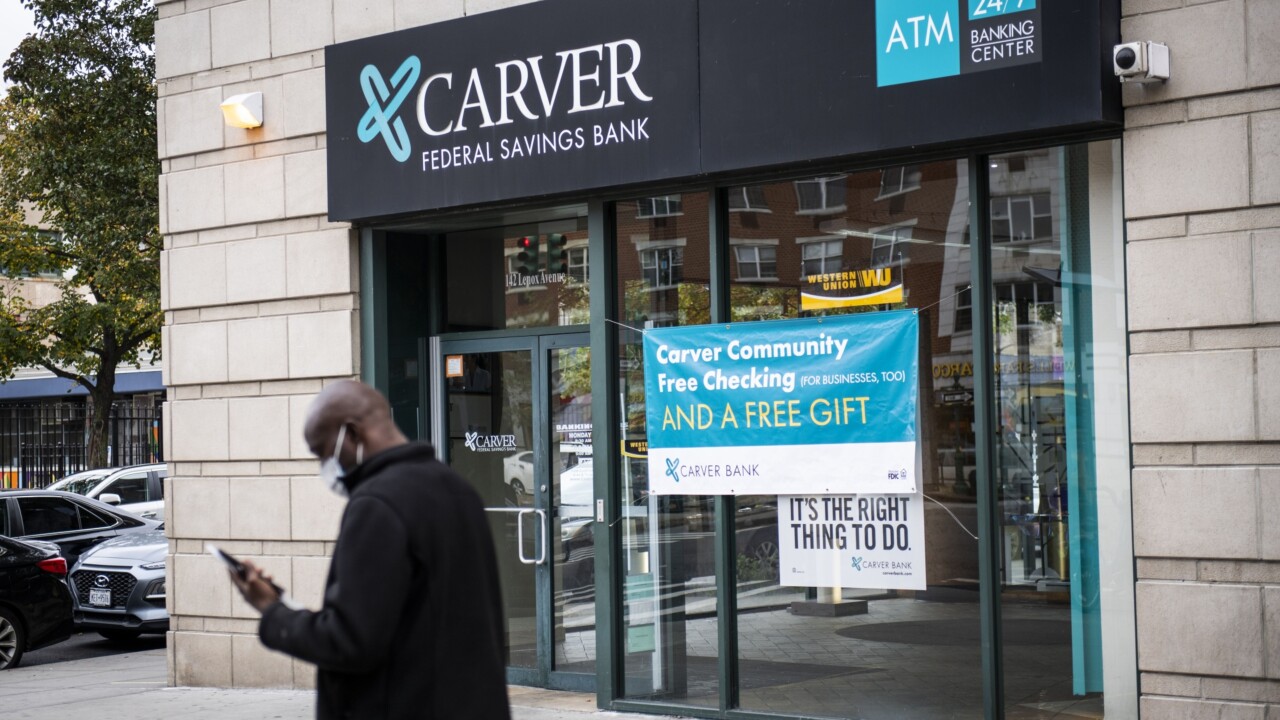Many people view excess reserves as proof that banks are hoarding cash rather than lending it.
It happened again at a recent House Financial Services subcommittee hearing on what Congress could do to get credit flowing to small businesses.
David Borris, an entrepreneur who was representing the Main Street Alliance, pointed lawmakers to the reserves banks keep with the Federal Reserve beyond the minimum requirements. "Those excess reserves represent money that could be out circulating in the economy on productive loans, including loans to small businesses," Borris testified. "Instead, those excess reserves are sitting at the Fed and the banks are collecting 0.25 percent interest for holding more money out of the economy."
But the reality is more complicated, and experts agree that huge amounts of reserves tell you little about lending volumes. The Fed alone - not actions by banks - dictates how large the reserve number is. And it is the Fed's expansion of its balance sheet that has ballooned reserve levels at banks.
Total reserves are now nearing $1.3 trillion, which is a staggering increase in just a few years. However, "all the banks could be making loans like they have never done before and there is still going to be $1.3 trillion," a person familiar with the matter told me. "Or every single bank could decide, 'I am not lending anything' and just sit on their funds, and you are still going to have $1.3 trillion."
One reason this topic is so misunderstood is it's still relatively new.
The Fed has long required banks to hold reserves against their deposits but only won the right to pay interest on those reserves in 2006. The Financial Services Regulatory Relief Act said the Fed could start paying interest on bank reserves, including excess reserves, in October 2011. But the law that authorized the Troubled Asset Relief Program in 2008 accelerated the effective date to October of that year.
The financial crisis had hit, and the Fed needed new tools to control the cost and supply of money. Paying interest on reserves was an effective way to get banks to hold on their balance sheets many of the assets that the Fed was creating through its new credit facilities, like its Large-Scale Asset Purchase program.
Initially the Fed paid banks 75 basis points on reserves, but that rate has been scaled back to 25 basis points.
While making a loan could provide a higher return to banks, three other factors are depressing lending. One is the lack of demand from creditworthy borrowers. Higher capital rules are another. And finally many banks are just too busy sorting through the pile of defaulted loans sitting in their existing portfolios.
So while it may be true that some banks are stockpiling cash, high reserve levels are more a consequence of the reluctance to lend than the cause. And aggregate reserve levels will fall only when the Fed decides to change its monetary policy course and tighten up.
Barbara A. Rehm
Editor-At-Large





